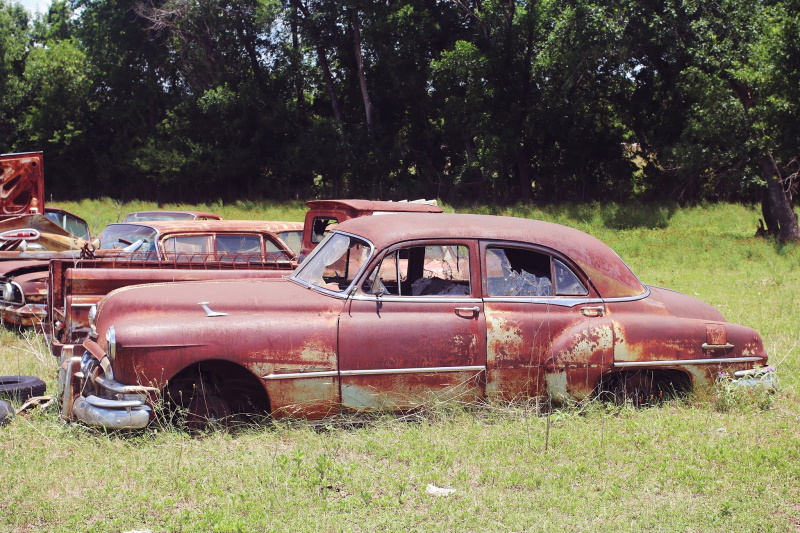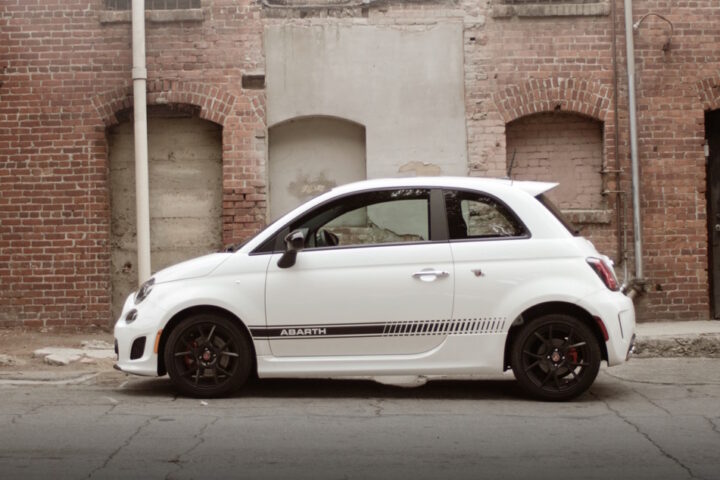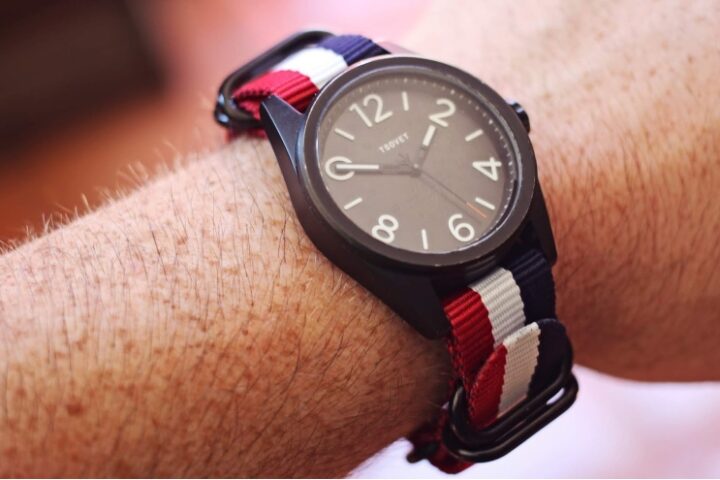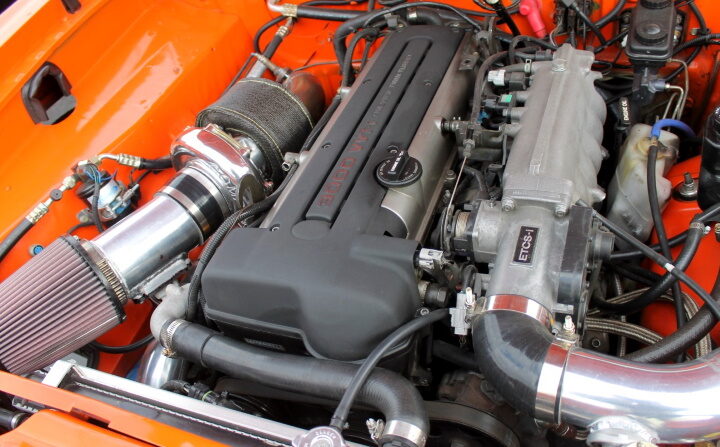one thing that no one wants to see on their favorite daily driver — iron oxide,
also known as rust. It’s an inevitable part of owning a car on a planet with an
atmosphere that’s 20% oxygen. You’ll see even more of this nefarious substance if you live near the water, or in an area that gets snow during the winter.
While we might not be able to avoid rust, as long as you catch it early enough
it’s not hard to get rid of. Here are a few simple ways to get rid of rust on your
car quickly so you can prevent it from becoming an even bigger problem.
Types of Rust
it’s important to know what type of rust you’re dealing with. There are three different types of oxidation that you might find in your car, and some are easier to manage than
others. First, there’s surface rust. You’ll see this manifesting in small areas
where the paint has gotten nicked or scratched, exposing bare metal. Steel is
incredibly strong and flexible, but it’s notoriously chemically unstable thanks
to the introduction of carbon into the alloy. A little nick in the paint is
enough to start the oxidation process.
rust covers exposed steel areas. If you see a large section of panel rusted
away, but there aren’t any holes in the metal, you’re likely looking at scale
rust. It becomes penetrating rust once it starts to eat holes in the metal,
compromising the structure of the steel.
rust is fairly easy to manage while the other two types of rust will require
more time and effort to repair. Once you know what you’re dealing with, move on
to the next step.
Gather Your Tools
you get started, make sure you have all your tools and supplies on hand. Having to stop for a trip to the auto parts store in the
middle of your repair job could cause all sorts of problems. Make sure you’ve
got:
Plastic sheeting and painters tape, to mask off the areas that don’t
need repair.
At least three grits of sandpaper, starting with coarse and working
your way up to fine.
A wire brush
Wax and grease remover
Microfiber cloths
Body filler to repair pits or hole left behind by the rust
Paint that matches your vehicle’s paint code.
try to match your vehicle’s paint by eye. You’ll end up with something that
looks right, right up until it dries, and then you’ll be starting this process
all over again to fix the paint. Take the time to find your car’s paint code and buy the right color the
first time.
Use Some Elbow Grease
you’ve gathered all your supplies, it’s time to get your hands dirty. First,
use the sheet plastic and masking tape to protect any areas that you’re not
working on. Start getting rid of the rust using the sandpaper. You’re going to
want to sand down through all the rust until you hit bare metal. Start with
your corse sandpaper and work your way up to the fine. You’ll also want to use
finer grit sandpaper to feather the edges of your repair area so the primer and
paint will bond more completely.
getting rid of the rust left pits in the metal, take the time to repair them
with body filler. You can also use filler primer after you’ve put down coats of bonding primer if that’s what you have on hand.
Paint and Protect
it’s time to prime and paint your repaired area. A layer of bonding primer
helps by affixing itself to the bare metal so the rest of your paint won’t just
peel off when it dries. If you haven’t already filled the pits left behind by
the rust, this is where you’ll add two to three layers of filler primer.
the primer dries and you can sand it smooth to remove any drips, you can start
adding the color base coat. Apply two to three coats, letting the paint dry
between each layer or until you get the color you’re looking for. Then add a
layer of clear coat. Let it dry for at least 48 hours before you try buffing
the new paint job.
Moving Forward
takes a bit of patience and more than a little elbow grease to get rid of rust
on your car, but it’s worth it to keep your ride looking good for years to
come. A little bit of rust can quickly become a big problem, so make sure
you’re taking care of your car and repairing rust whenever you see it.























